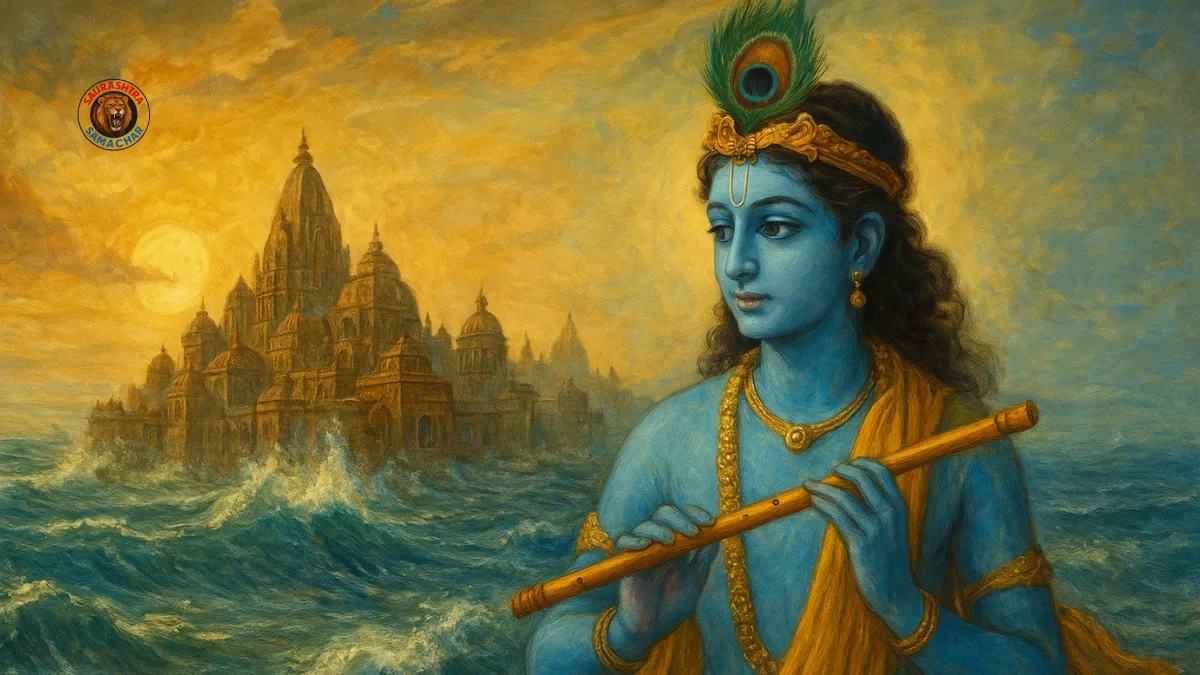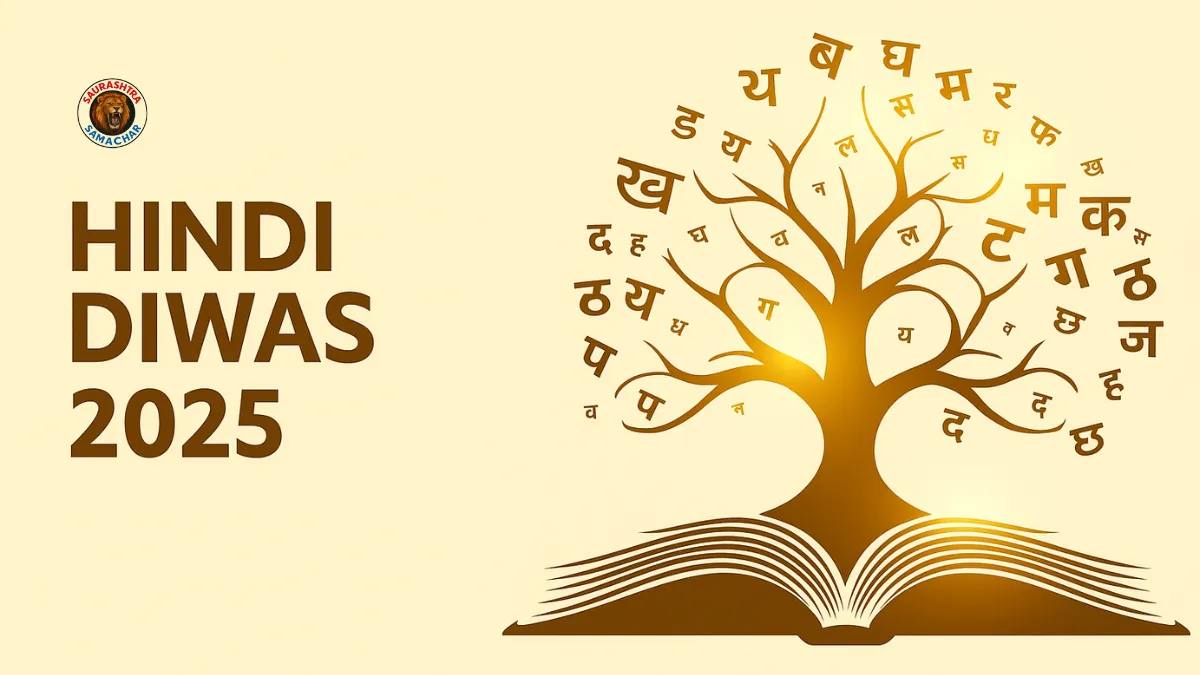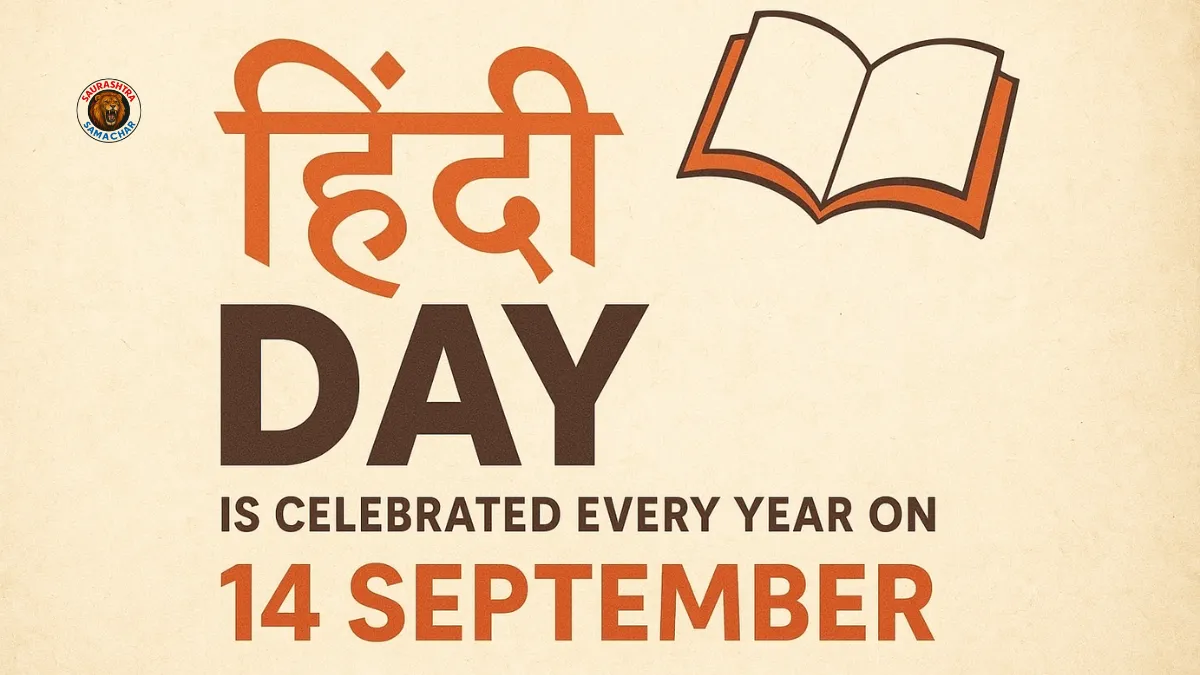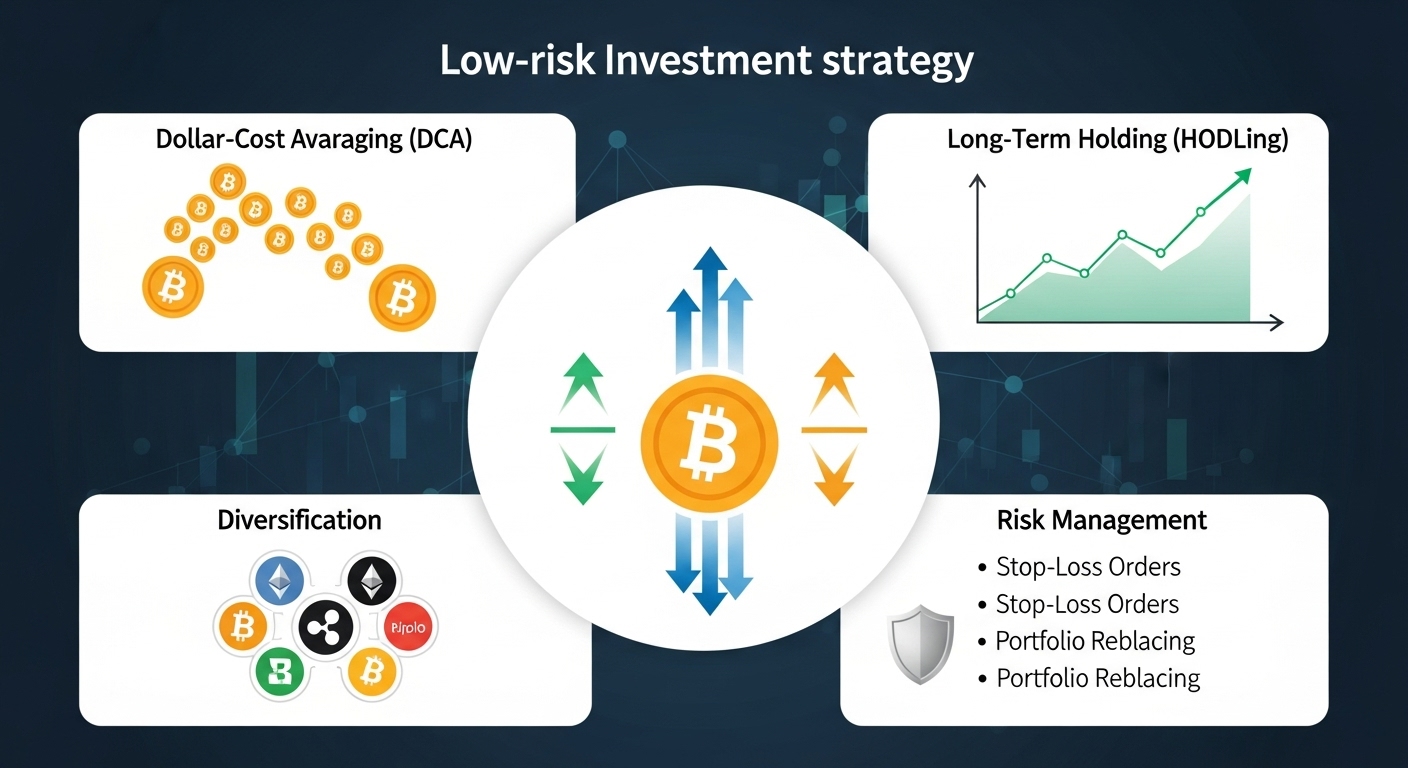Krishna Janmashtami 2025 is a time to celebrate the birth of Lord Shri Krishna, one of the most revered deities in Hindu mythology. Among the many fascinating stories about Krishna, the tale of Dwarka, his legendary city, stands out as one of the most intriguing. Dwarka, which was once a prosperous and glorious city off the coast of Gujarat, is now believed to have been submerged under the Arabian Sea. But why did Dwarka sink? What led to the disappearance of this magnificent city? Let us explore the history, mythology, and scientific perspectives surrounding the submergence of Dwarka on this Krishna Janmashtami 2025.
Dwarka: The Legendary City of Shri Krishna
Dwarka, often referred to as the “City of Lord Krishna,” was established by Shri Krishna for the Yaduvanshis, his own clan. According to the Mahabharata and the Puranas, Dwarka was a magnificent city, adorned with beautiful palaces, wide streets, and temples. It was considered a golden city, symbolizing prosperity, peace, and spiritual strength.
The city’s strategic location on the western coast of India made it a prominent maritime hub. However, legends narrate that despite its prosperity, Dwarka could not withstand the test of time and was eventually swallowed by the sea. The reasons behind this mysterious event are a combination of mythological curses, moral decline, and natural forces.
Gandhari’s Curse and the Fall of Yaduvansh
One of the primary mythological explanations for the sinking of Dwarka is linked to Gandhari’s curse and the eventual destruction of the Yaduvansh.
After the Kurukshetra war, Gandhari, the mother of the Kauravas, was deeply grief-stricken over the death of her sons. She blamed Shri Krishna for failing to prevent the destruction of her family and cursed him in anger. She declared that just as the Kuru dynasty had perished, the Yaduvansh, Krishna’s own clan, would also face total annihilation.
The curse set a chain of events in motion. The Yaduvanshis began quarreling among themselves, and one day, during a drunken confrontation in the Prabhas region, they started killing each other. This internecine conflict led to the near-total destruction of the Yaduvansh. Shri Krishna, who witnessed the tragic event, accepted it as a part of destiny and subsequently relinquished his earthly body.
This mythological account highlights the idea that Dwarka’s fall was not merely a physical event but also a symbolic consequence of moral and social decline within the ruling dynasty.
Dwarka Submerged in the Sea
According to the Puranas, after Shri Krishna departed from the world, the sea itself played a role in Dwarka’s disappearance. It is believed that the city was submerged under the Arabian Sea on Krishna’s own instructions. Without the protection and guidance of the divine incarnation of Lord Vishnu, the city could not withstand the forces of nature.
The Puranas also suggest that Dwarka’s sinking was a karmic outcome of the deeds of the Yaduvanshis. The moral decay, infighting, and greed within the clan caused a cosmic imbalance, which ultimately resulted in the city merging with the sea.
What Modern Science Suggests
While mythology provides one explanation, modern science offers additional insights into the mystery of Dwarka. In the 1980s, the Archaeological Survey of India (ASI) and marine researchers discovered the remains of an ancient city under the Arabian Sea near the Gujarat coast.
These underwater structures included walls, pillars, and other remnants, believed to be around 3,000–3,500 years old, matching the period described in the Mahabharata. Researchers suggest that Dwarka may have been a real city that faced natural disasters such as rising sea levels, earthquakes, or tsunamis. Some studies also point toward climate changes and coastal erosion as possible reasons for the submergence.
The scientific findings do not negate the mythological accounts but rather provide a complementary perspective, showing how nature and history intertwine in shaping our legends.
Dwarka: A Symbol of Human Mortality and Nature’s Power
The story of Dwarka is not only a tale of divine intervention and mythological curses but also a reminder of the impermanence of human achievements. Despite being a city of wealth, power, and advanced architecture, Dwarka could not survive the combined forces of destiny, moral decay, and nature.
Even today, the remnants of Dwarka under the sea captivate historians, archeologists, and devotees alike. The underwater structures serve as a testament to ancient civilization and the era of Shri Krishna, inviting awe and reflection about time, morality, and the power of natural forces.
Table: Key Facts About Dwarka and Its Submergence
| Aspect | Details |
|---|---|
| Location | Off the coast of Gujarat, Arabian Sea |
| Founder | Shri Krishna |
| Clan | Yaduvansh |
| Mentioned In | Mahabharata, Puranas |
| Reason for Submergence | Gandhari’s curse, moral decline of Yaduvansh, natural disasters |
| Archaeological Evidence | Underwater walls, pillars, structures, approx. 3,000–3,500 years old |
| Scientific Theories | Earthquakes, rising sea levels, climate change, coastal erosion |
| Cultural Significance | Represents Krishna’s era, divine city, human mortality and nature’s power |
Also read: Bhavnagar News: Sheetla Satam Celebrated with Devotion at Sheetla Mata Temple on Ghogha Road
Krishna Janmashtami 2025: Remembering the Legend
As we celebrate Krishna Janmashtami 2025, it is essential to remember not just the divine leelas of Shri Krishna but also the stories of Dwarka, which carry lessons for humanity. The sinking of Dwarka reminds us that no matter how powerful or prosperous a civilization may be, it is vulnerable to moral decline and the unstoppable forces of nature.
The legend continues to inspire devotion, research, and curiosity. Pilgrims visit Dwarka to honor Lord Krishna, while archeologists and marine explorers study the submerged city to uncover its historical and cultural significance.
Also read: Grand Inauguration of Shaurya Ka Sindoor Folk Fair in Rajkot Brings Festive Spirit to the City
Conclusion
The sinking of Dwarka remains one of the most fascinating intersections of mythology, history, and science. Gandhari’s curse, the destruction of the Yaduvansh, and natural calamities collectively contributed to the submergence of this legendary city. Whether seen as a divine act, a karmic consequence, or a natural disaster, Dwarka’s story continues to fascinate people across generations.
On Krishna Janmashtami 2025, as devotees celebrate the birth of Shri Krishna, the tale of Dwarka serves as a powerful reminder of the impermanence of worldly achievements and the enduring legacy of moral and spiritual values.














